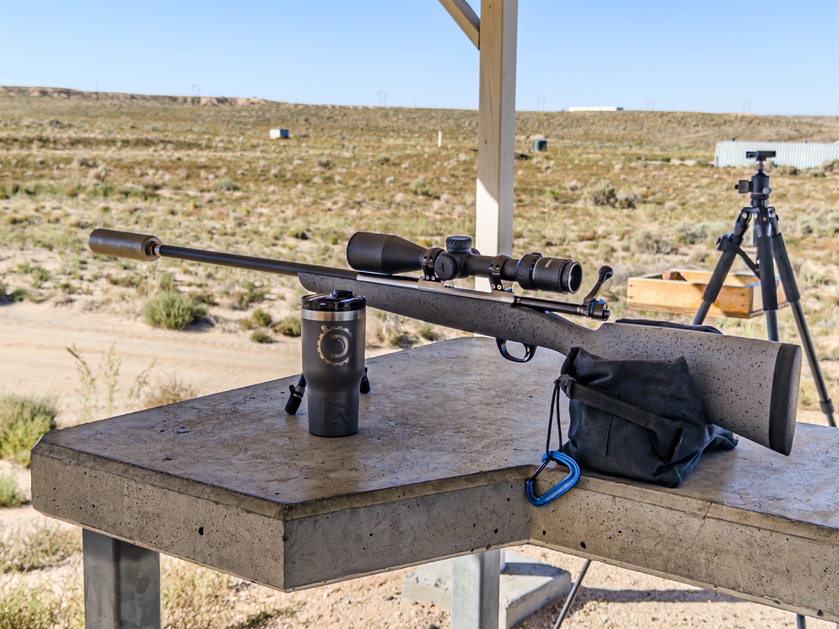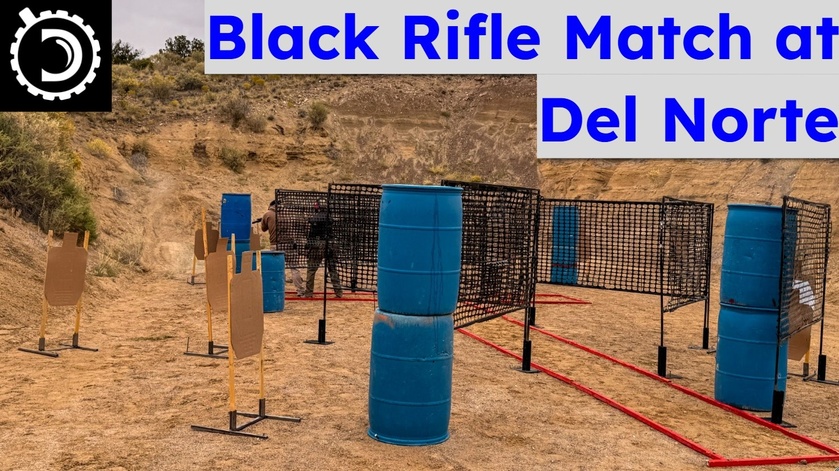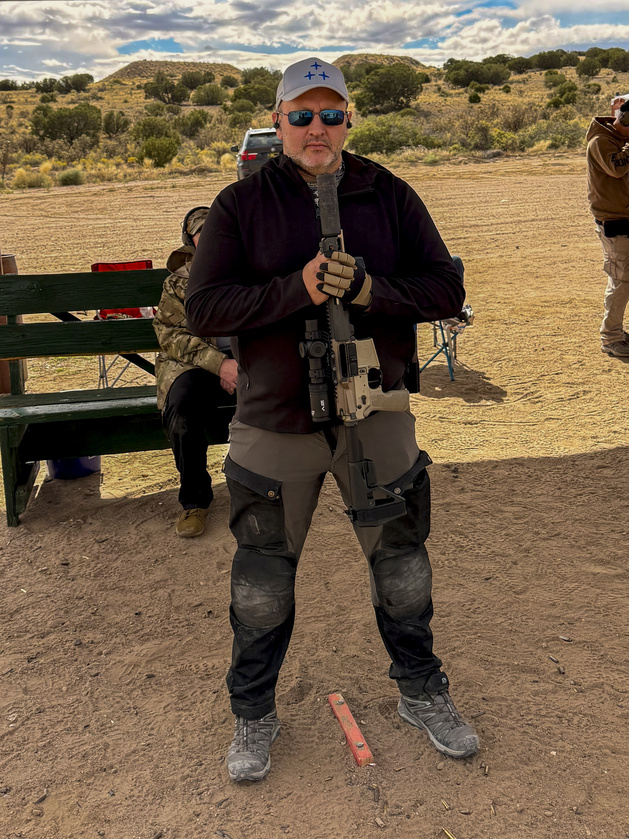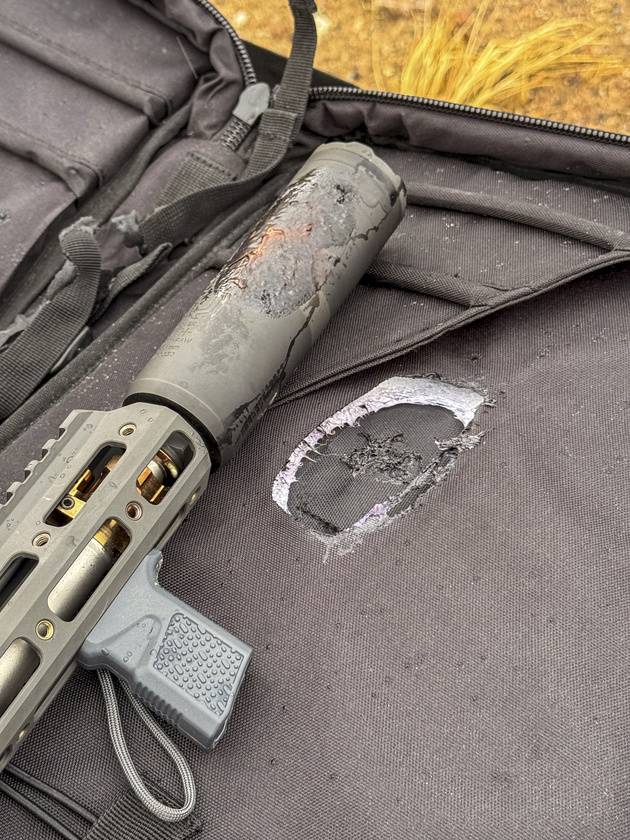I received a really good question on LPVOs via a private message and I think it is worth digging into a little more in a future livecast. Let me know if this is something you want discussed.
The question itself was rather detailed, which I like, and I will leave the details in a private conversation where they were asked. However, the gyst of it is as follows: "With Low Powered Variable Optics of today, at what price point do you get the most for you money?"
The same question can be asked about prismatic scopes (and I am looking at a whole bunch of them right now trying to answer that) and non-focusing sights (I spent part of the last two years trying to answer that, so I am pretty up to speed there).
Naturally, the discussion gets really complicated by the "Made in China" question. Are you willing to buy a Chinese made product or not?
I take a pretty dim view of Chinese Communist Party, as you may imagine, but I am also a realist and a lot of stuff is made in China. Moreover, I have to be honest with you and admit that sporting optics are not exactly something that makes any difference in the great power competition between the US and China. Now, high tech stuff, like 5G technology, high tech military technologies and semiconductor stuff is a different ballgame. On top of that, I also have to differentiate between the Chinese Communist Party and normal Chinese engineers and technicians who just want to live their lives and trust the CCP about as much as you an I do.
Ultimately, I do not pretend to have any sort of an answer on whether we should be buying Made in China optics and that is something you should answer for yourself. I own a good number of Chinese-made products and I make it a point to note where things are made, so you can make a decision for yourself.
I do try to stick to brands that also have some sort of a presence in the US and that are trying to grow their operations here, but as I said, you have to make your own decisions there. I am happy to make recommendation either way, as long as we define the boundary conditions the right way.
Perhaps, I'll do a livecast on where I think the value curve tops out for different types AR optics, i.e. price point beyond which you run into diminishing returns.
With LPVOs, it really depends on what you are looking for. If you are looking for a true do all scope, I think $2k for Vortex Razor Gen3 1-10x24 is where it is at. It is a lot of money, but FFP LPVOs with bright reticle illumination are still expensive.
If you are willing to compromise on a few things here and there, you can save a lot of money. For example, if your typical use is restricted to mid/close range or at least you do not need engage targets beyond 500 yards or so on a regular basis, you can save a lot of money by sticking with several excellent options in the $800-$1200 range (Delta Stryker 1-6x24, Vortex Razor Gen2, Sig Tango6, etc). That is the price range that better Chinese scopes are really pushing into and seem to offer a lot of value.
For example, SwampFox Arrowhead 1-10x24 surprised me with how competent it is for under $600 and there are several new models coming from multiple manufacturer that will likely take a step above that.
Thankfully, there are a lot of options in the $500-$1200 range made in China, Phillipines and Japan, so if you are clear in terms of feature you are looking for, it is not terribly difficult to come up with something.
I plan to continue looking at LPVOs in 2021 and the under $2k segment is what interests me the most.
I am really curious about the Sig Tango 6t that is assembled in the US.
Athlon has a new Ares ETR 1-10x24 coming out that I really should look at.
I am sure SwampFox has something interesting up their sleeve, but like most makers they have a hard time keeping up with demand with their current products.
I am looking at a few very compelling red dots and prismatics from Primary Arms, and I am considering re-visiting some of their LPVOs as well.
Burris is definitely due for a new LPVO since they discontinued the 1-8x24 XTR II. I am sure they have something coming.
Their sister company, Steiner, is doing some really clever things with thermal scopes and I wonder what they have planned for LPVOs.
Crimson Trace is a company to watch. They have some new stuff coming out and they understand how important the AR market is.
Vortex already has one of the most complete LPVO line-ups in the business, so I am not sure what to expect from them in 2021, but time will tell.
Leupold is a little weak at the moment as far as LPVOs go and a lot of their recent designs have been very good. I am very curious to see what they are planning.
Bushnell is also a little weak there, especially in the mid-to-high end where they discontinued just about everything they had. I am sure they are cooking something up.
And the list goes on. I suspect that four years of Kamala Harris in the White House will keep the gun market very lively with shortages of damn near everything. It will be difficult for optics companies to balance out the need to manufacture existing products with the need to develop new ones. 2021 will likely tell us in which direction different companies will lean.
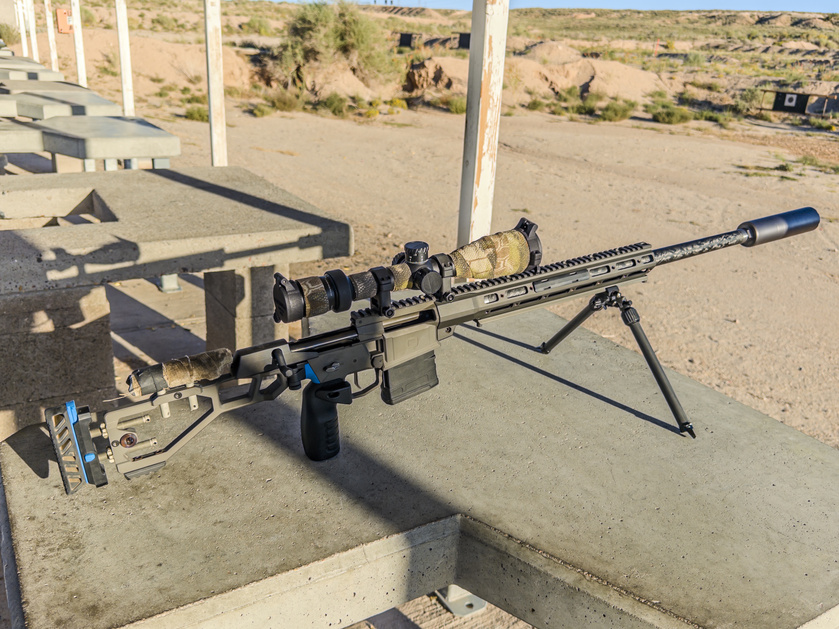
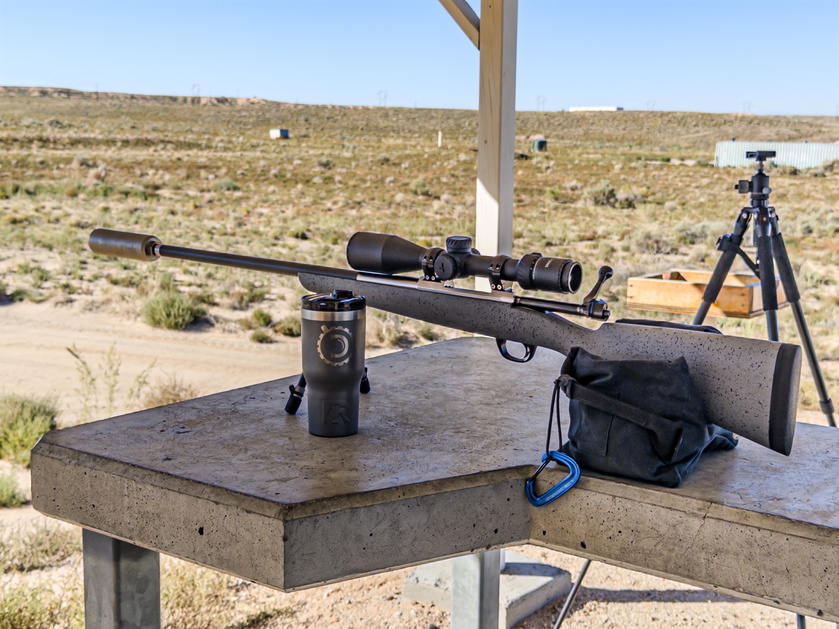

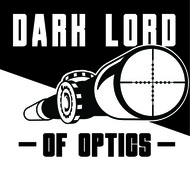
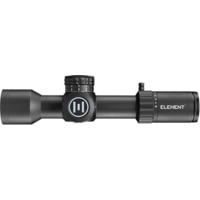

.svg)


